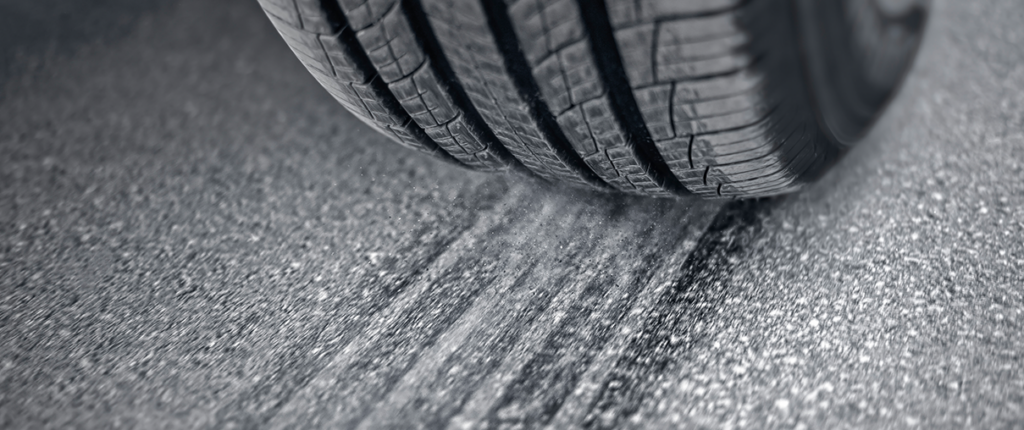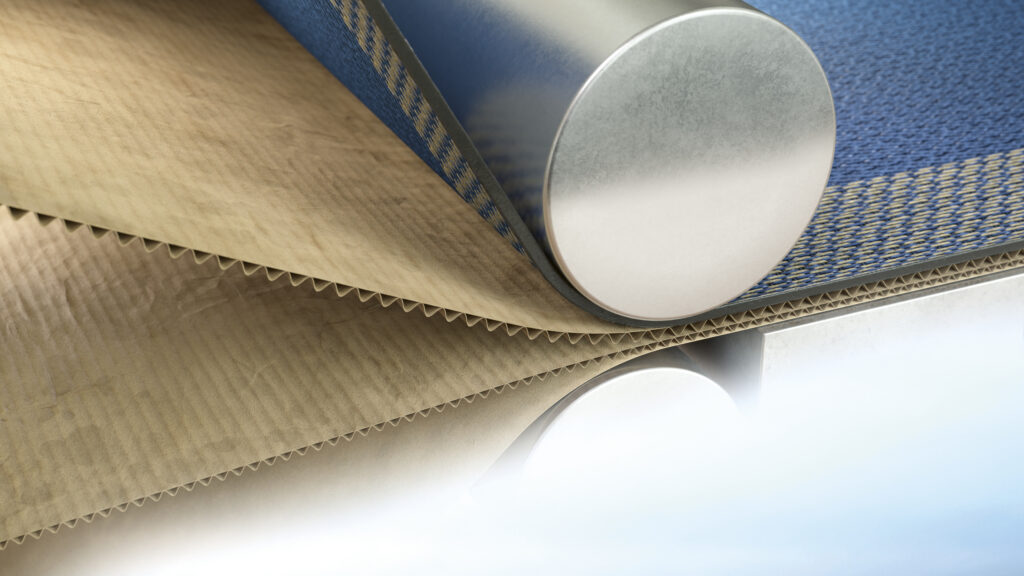
Clear lines – many functions
29. March 2023
Ikoyi – inventive design for exclusive gastronomy
19. May 2023“Microplastics are a global problem”

Three questions for development engineer Dominik Herper on GKD solutions that are helping reduce microplastics in street runoff.
Microplastics are currently a hot topic in the media for years. How often – and from which customer segments – does GKD receive inquiries about solutions for this?
Since microplastics are primarily an issue in water, we obviously receive many requests from the water industry, mostly relating to wastewater and drinking water. However, our strength lies not only in supplying industrial solutions but also analysis. For example, we worked closely and engaged in research with the Technical University of Berlin as part of the Tire Abrasion in the Environment project (RAU). We are using the results from this project to develop a year-round filter for road traffic applications.

What exactly are you working on here?
First of all, we worked with the TU Berlin to identify hotspots, such as intersections that see a great deal of traffic. We are currently developing a filter basket which is purged during regular cleaning of conventional drainage shafts. This is then included in the standard maintenance cycle, which is both efficient and saves costs. However, this is no easy undertaking, since road runoffs catch more than just microplastics. In fact, they also attract leaves, general waste, cigarette butts and dog excrement. As such, our filter media must not only be very rugged, but also capable of reliably filtering road runoff water without getting clogged. They must also continue to perform their duties over an extended time period, specifically between scheduled maintenance intervals. Our mesh expertise – coupled with the fact that we have been focusing intensively on the topic of microplastics since 2016 – provides clear benefits when developing products of this kind.

Do you think it will be possible to get a grip on the microplastics issue to a reasonable extent in the near future? What measures can help in this regard?
The question is how you define the “near future”. Microplastics are ultimately a global problem. It is therefore important not just to have one solution, but rather approach the issue from various angles. As a general rule, the first step is always to prevent plastics from being released into the environment in the first place. We know that tire abrasion from road traffic is the number one cause of microplastics. Less road traffic would certainly help here, but this is unlikely to happen. In fact, tire abrasion is likely to increase even further as the modern world focuses increasingly on electric mobility. Electric vehicles are heavier than their combustion engine counterparts and tend to generate more abrasion. Installing drain filters in locations such as major intersections is therefore an initial step that could make a meaningful difference. This would certainly reduce the proportion of microplastics in rainwater. However, it would also require a cost-effective solution, as well as corresponding legislation. As such, we are unlikely to see a fast solution that can be deployed worldwide.
Contact











